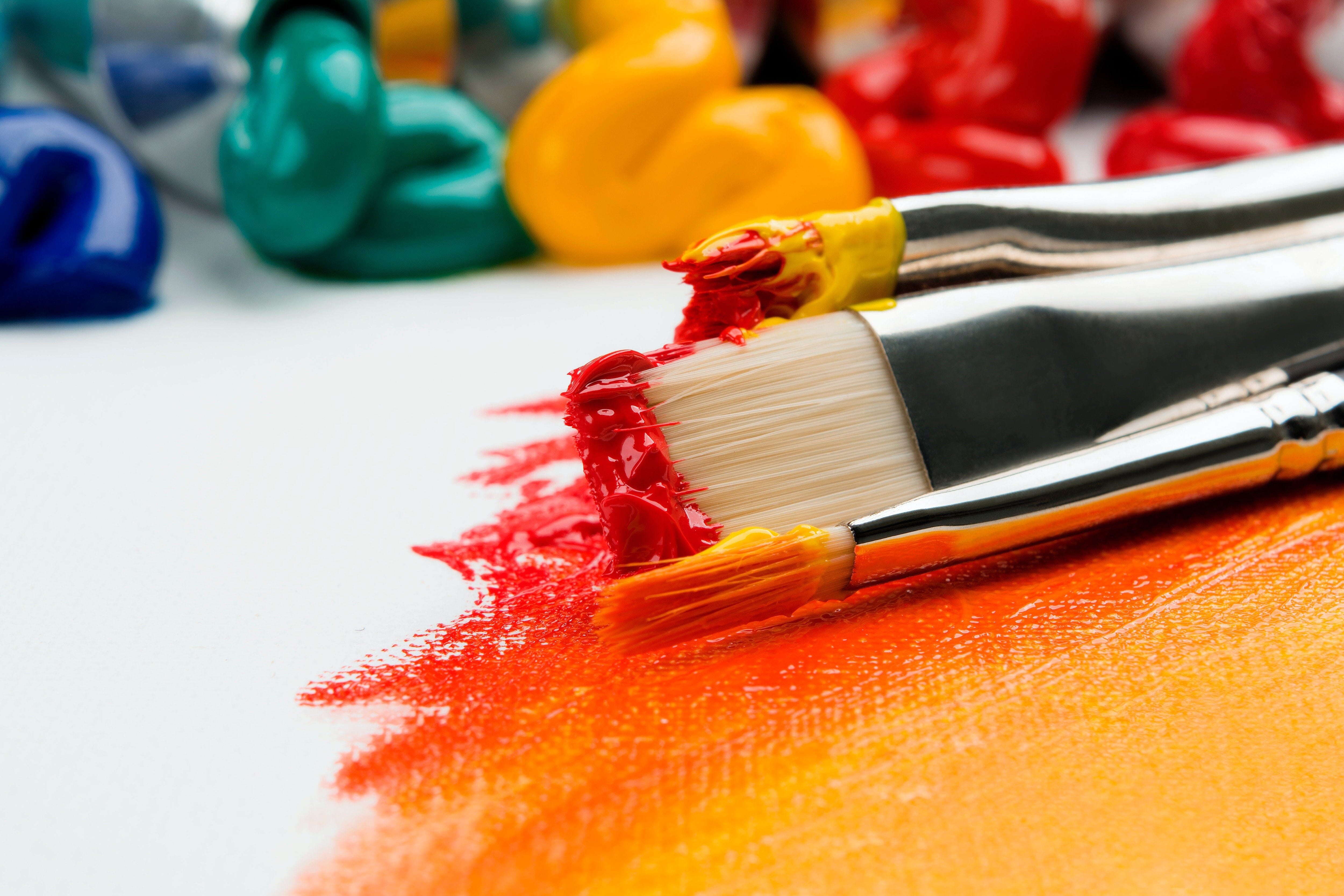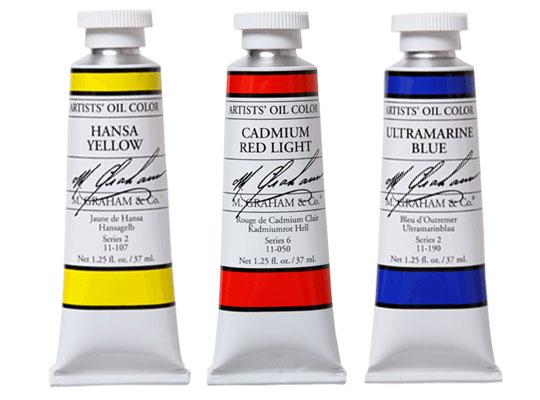
I'm pretty sure we've all done this; turned around too quick, gestured wildly with our arms or had kitty up on the counter and then *smash*! There goes your great aunt's vase, your favorite mug, or that frightening ceramic cat your grandma gave you shattering to the floor. It was precious, unique or old and now it's all over your kitchen floor.
This is usually where we'd get out the broom, curse and call it a day. Well broken pottery and ceramic is nothing new and people over cultures and time have looked for ways to save them. Hundreds of years ago in Japan some clever craft's people found a beautiful solution to keep those valuable pieces still around. Rather than hiding the cracks and imperfections they devised a method that highlights them, making the flaws apart of it. This method is called Kintsugi which is not only a way to fix things but a philosophy as well.
Kintsugi was traditionally done using lacquer and powdered gold to affix the broken pieces together. Sometimes they would even incorporating shards from other broken ceramics to make beautiful smashed up pottery. You may have seen the images online before of beautiful bowls and ceramics erupting in these golden cracks.
I get asked a lot about this in store as a solution to fixing beloved pieces. Here we will go through a version the project with you so you can see one way to give it a try at home. I am by no means a professional Kintsugi artist so if you are curious I encourage you check out online what traditional craft-persons can do they are lovely.
A cautionary note: These pieces are intended to be ornamental only & are not to be used in the consumption of food. Put your keys in them, use it for your new flower saucer but no eating lunch on them ok? Okey.
Things you will need:

- A broken (or soon to be broken) pottery piece
- Two part epoxy glue or any relatively quick drying polymer glue
- Stirring stick/ Popsicle stick
- A non porous disposable work surface ex: acetate sheet or wax paper
- Gold Mica powder (or some other colour, nothings says it has to be gold)
- Gloves
Optional depending how you want to do this:
- Gold ink (I used alcohol ink because it was handy and very reflective)
- Spray lacquer (this was just to finish it off)
- Two part epoxy pouring resin (for the inside)
- Small round brush
Step one:

Put whatever you wanna break inside of a cloth bag or wrapped in a towel. This way you don't lose any pieces or eyes in the process.

If you have a vice try putting the item in that and carefully applying pressure. It cracks things rather than pulverizing them. Stoneware is remarkably strong and it can be tougher to break than you think.
Step two:
Set up your work space so everything is easily at hand. Have a spot ready for your broken pieces to dry once they have been glued. It should be able to support the pieces, be clean free of dust and away from tiny humans or pets.
Things like a kneaded eraser, sticky putty, or shallow container of dry rice could help you hold partially assembled pieces. Line up your broken bits so you know which will be next to grab.
Do a couple of dry runs where you just assemble the broken shards together without any glue so you are sure which way each piece will go. Sounds simple but you don't want to be fumbling for a shard while your epoxy is setting. This will let you know for example if any two pieces might have to be held at an angle while the glue sets.
You will need spot to mix up your 2 part epoxy glue, this is where the plastic sheet or wax paper comes in. You'll want to get your gloves on before you start dealing with the epoxy.
Step three:

So you can go two different ways on this:
- You can add colour (the gold) into to the epoxy
- Or, paint the colour on after it's dry.
Spread your epoxy on your cracked edges & hold them together until it feels solid enough to place on your drying space. Drying times will vary depending on what epoxy you buy. Ones that have a 5 min set time are good to give you enough time to work and not too long to start drying.
Tips for gluing:

1.) I recommend doing it one chunk at a time when there are lots of smaller pieces for stability. You don't want 5 different little bits falling apart because they are on a weird angle and aren't dry yet. Glue smaller pieces together first then assemble larger chunks from what you've already glued together.

2.) Have something to support your pieces while not touching the areas where the epoxy will go. I used an old kneaded eraser to keep my drying pieces in place and it worked great. There were times when I had to just hold the pieces I was gluing for several minutes and wait for them to set enough to put down. In other words be prepared to stand there for a bit.
3.) If you notice any splotches or finger marks on your piece from the resin, don't worry. Wait until it's dry and you can use a razor or Xacto knife to scrape off any blemishes. I say wait until it's dry otherwise you risk breaking apart your freshly glued pieces or spreading even more resin all over the place.
4.) What do you do if there are gaps or small missing chunks? Fill the area with epoxy as best you can, if it is a much larger area you may need to let it dry and do several applications of resin to fill the gaps. Let one layer dry then apply another layer over it and repeat as necessary until the whole area is filled.
Or
Step four:
You can mix up the epoxy just normally leaving it clear, then glue your pieces together. Let them dry then apply the gold ink over the glued cracks with a paint brush. To keep the ink preserved I sprayed a triple thick resin from Krylon over top once the ink was dry. Do this outdoors and with a respirator if possible as they are not a product you want to be breathing in. You should spray only when it's cool outside like early morning or evening. When it's too hot the spray will literally dry before hitting the surface leaving a bunch of these tiny dried beads. Spray with even quick strokes that begin and end outside of the space of the item your finishing.

Optional Project ideas:
For another variation on this idea I mixed up the epoxy with one colour (in this example purple) let it partially dry until it was still very tacky. This only took a few minutes. Then while it was still sticky I dipped my gloved finger into some Gold mica powder and very gently brushed it over the glued cracks.This would work with a soft sponge or brush too. The powder is so finely ground it acts a bit like talc and glides over the half dried epoxy. When completely dry it gives a two toned effect.

So for another fun idea you could add a pourable resin to to the inside bottom layer of whatever you glued back together. I did this to give some extra strength where there was a lot of cracks and it gave me an opportunity to add a few extra details. I used two part amazing clear cast resin for this idea. Pouring in a layer of resin I let it dry, painted on the surface with acrylic paint, then poured some more resin over it. A fun little idea if your feeling creative or just have a lot of extra supplies on hand because say you have an art supply addiction. (But I'm sure none of us would know anything about that.)






